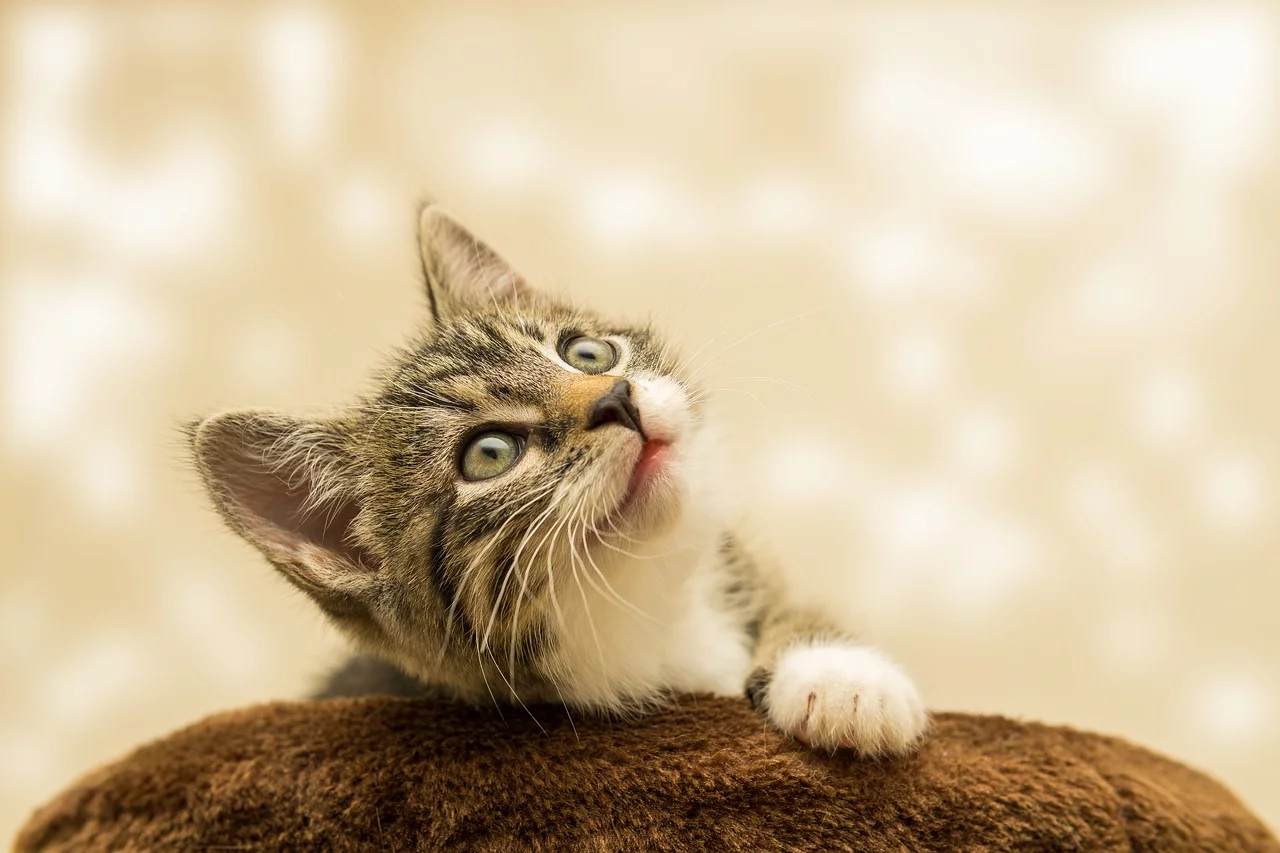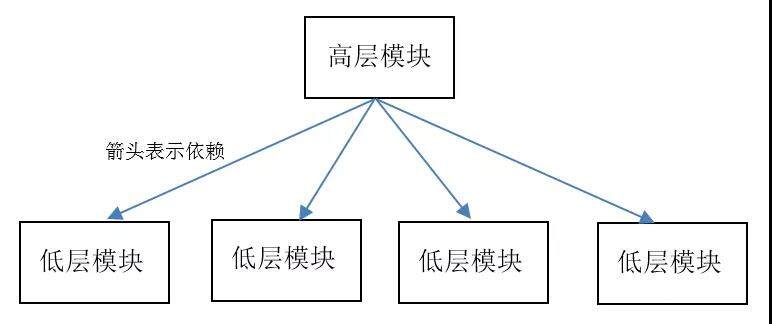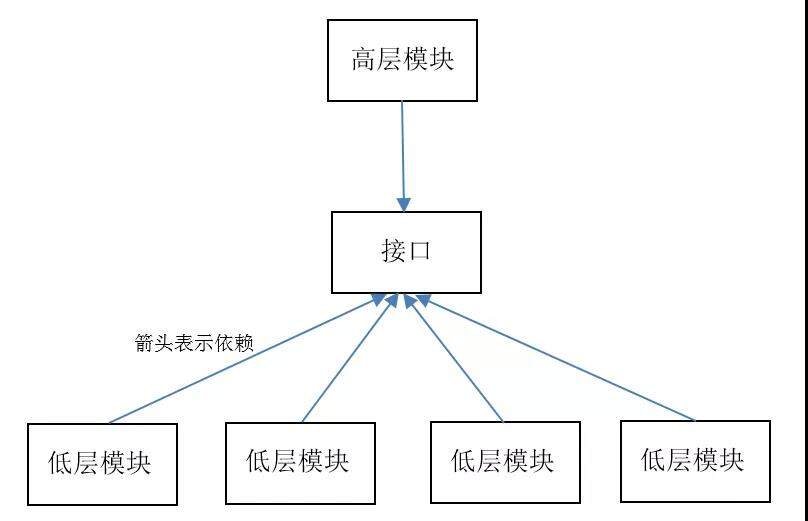多态:我就是我,不一样的烟火
多态是指同一个方法在子类中具有不同表现形式。例如:Dog 类和 Cat 类都有 eat ()/say ()方法,尽管都是来自 Animal 定义的 eat ()/say ()方法,但运行结果完全不同。
(温馨提示:左右滑动可查看全部代码)
class Cat extends Animal { public eat() {//多态 扩展原方法 super.eat(); console.log("I like eating fish"); } public say() { console.log("Miao~"); } public catchMouse() { //... }}
复制代码
测试用例:
let myCat: Animal = new Cat("XiaoHua", 3); myCat.eat();//I am eating someting I like eating fish myCat.say();//Miao~
复制代码
接口
接口:没有规矩不成方圆
接口即规范,规定了某种能力必须要实现的方法。例如:Flyable 接口规定了具有飞行能力必须实现 fly()方法。Bird 和 Plane 类都实现了 Flyable 接口,具有飞行能力。
(温馨提示:左右滑动可查看全部代码)
interface Flyable { fly();}interface catchBug { catchBug();}class Bird extends Animal implements Flyable,catchBug { public say() { console.log("Ji~Ji~Zha~Zha~"); } public fly() { console.log("I am flying with flapping my wings"); } public catchBug() { //... }}class Plane implements Flyable { fly() { console.log("I am flying with my engines"); } takePeople() { //... }}
复制代码
测试用例:
(温馨提示:左右滑动可查看全部代码)
let flyable1: Flyable = new Bird("Polly", 1); flyable1.fly(); //I am flying with flapping my wings // flyable1.eat();//编译报错: 不存在eat()
let flyable2: Flyable = new Plane(); flyable2.fly();//I am flying with my engines
复制代码
抽象类与接口:有同有异
抽象类和接口很类似,都有未实现的方法,等待其他类去实现。区别是:抽象类可以有一些成员的实现,而接口没有成员的实现;一个类只能继承自一个抽象类,但可以实现多个接口。例如:Animal 类,有抽象方法 say(),也有已实现的方法;上面 Bird 类只能继承自一个类,但又同时实现了 flyable()/catchBug()两个接口。
OOP 设计原则
李氏替换原则:父债可以子来偿
所有引用基类的地方必须能透明的使用其子类的对象,因为子类的对象具有基类所有的属性和方法。(注:基类是指父类/父类的父类等)但反过来就不行了,有需要子类的地方,基类未必就能适应。例如:上面代码中,我们可以将 Dog 对象和 Cat 对象赋值给了 Animal 类型的变量。下面代码中,People 构造函数需要一个 Animal 类型的参数,我们传入了 Dog 类型的对象。
(温馨提示:左右滑动可查看全部代码)
class People extends Animal{ constructor(public name: string, public age: number,public pet: Animal) { super(name,age); }; public say(){ console.log(`My name is ${this.name}, I am ${this.age} years old, my pet's name is ${this.pet.name}`); }}
复制代码
测试用例:
(温馨提示:左右滑动可查看全部代码)
let myBrother: People = new People("XiaoMing", 18, new Dog("GouDan", 2)); myBrother.say();//My name is XiaoMing, I am 12 years old, my pet's name is GouDan console.log('totalNum='+Animal.totalNum);//totalNum=5 //Dog/Cat/Bird/Dog/People/
复制代码
依赖倒置原则:面向接口编程,大家都依赖接口
在无接口的代码组织中,是高层模块依赖低层模块。如果按照面向对象编程依赖倒置原则,高层模块和低层模块不互相依赖,他们都依赖于其接口/抽象类。例如:如果不存在接口,直接调用 Bird 类/Plane 类的 fly()方法,那么调用者便依赖于 Bird 类/Plane 类。在上面例子中采用了接口编程,调用者的调用依赖于 Flyable()接口;Bird 类和 Plane 类的实现都依赖于 Flyable()接口。
请看下图,原本高层模块向下依赖的箭头,变为低层模块向上依赖的箭头。这就是依赖倒置名称的由来。
无接口:
有接口,依赖倒置:
其他设计原则
单一职责、开闭原则、接口隔离、迪米特法则等其他 OOP 设计原则呢,后会有期。
总结
在一切皆对象的世界中,我们已经学习了面向对象三大特征——封装、继承、多态,和两条面向对象设计原则——李氏替换原则、依赖倒置原则。后面有机会再介绍其他 OOP 设计原则和 GoF 设计模式。
本转载自 Think 体验设计公众号。
原文链接:https://mp.weixin.qq.com/s/CXaasAzRMk3mD_waWv8DHQ












评论